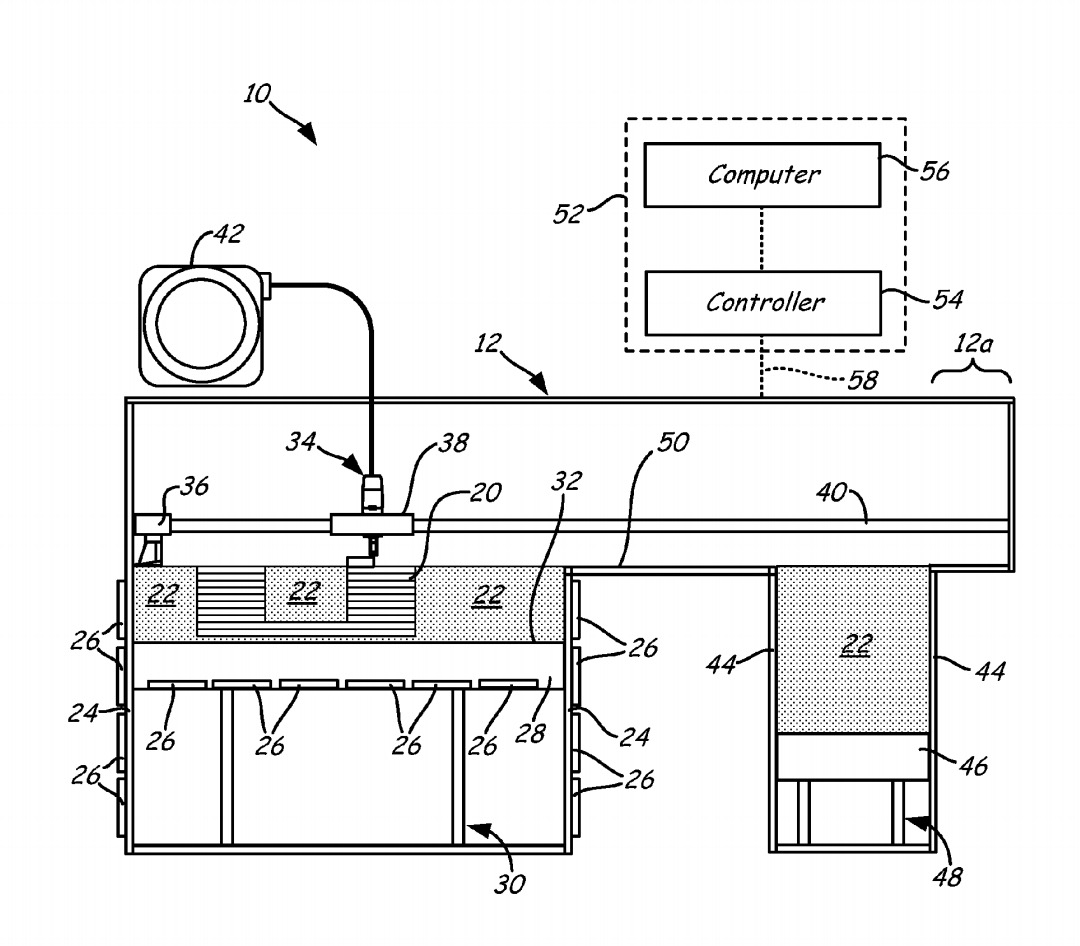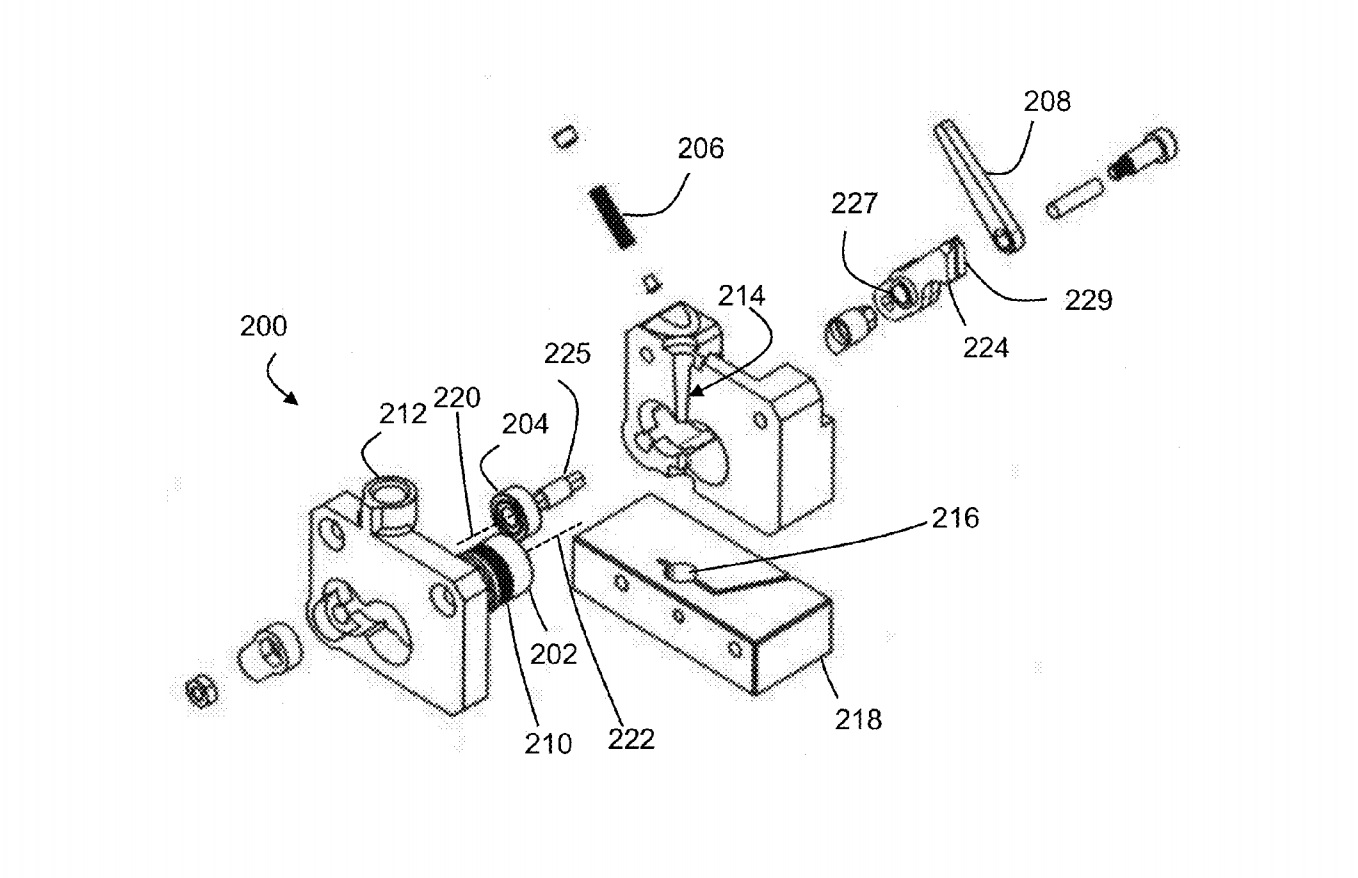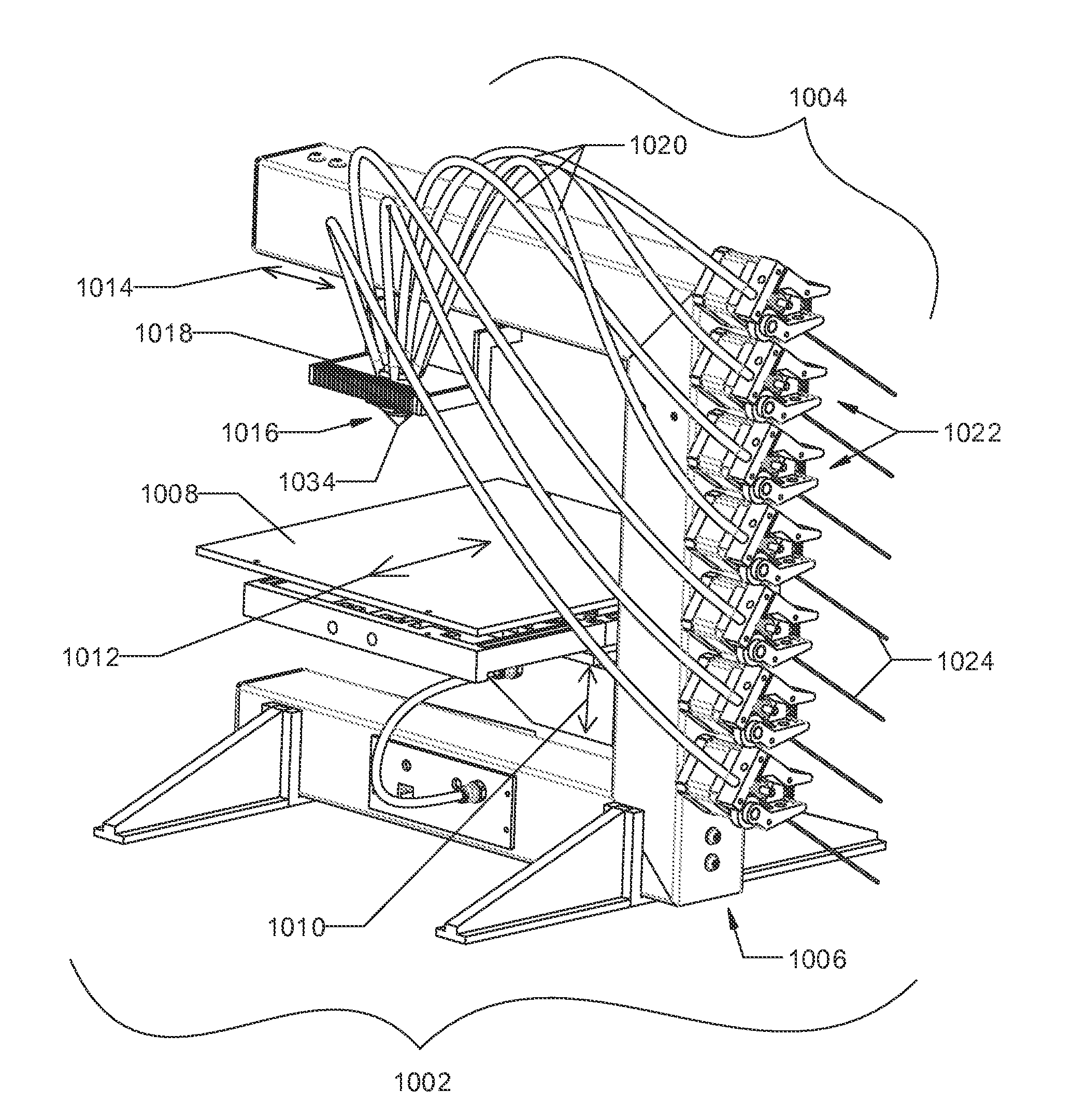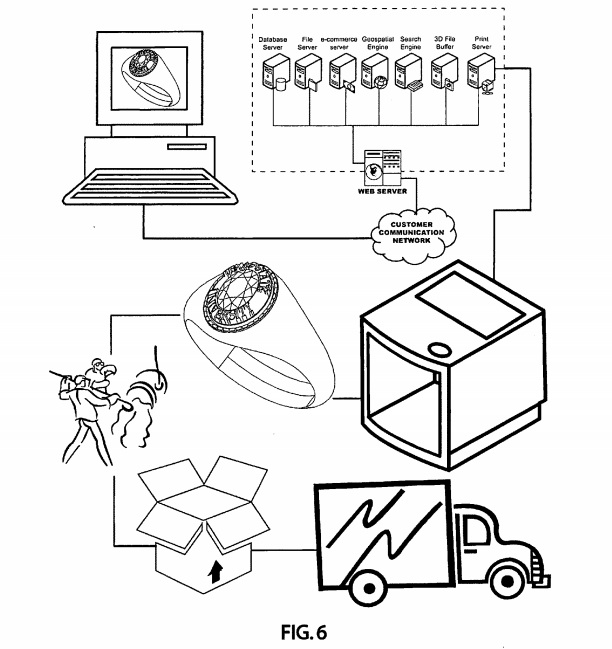
Oh! Look! Someone’s patented SOMETHING about 3D printing! This changes EVERYTHING!
Well, that’s not quite true. Patents supposedly indicate that an invention has been developed and the owner wishes to protect it during the period they sell it, which you’d think would be soon, otherwise why tell the world about it through a public patent posting?
But the world of patents is not always working in that way. With the rise of numerous patent lawsuits, often by companies that have no actual business other than suing well-meaning companies that happen to stumble over a process that possibly could be interpreted to violate their ancient patent, things are different.

In reaction, some companies simply patent anything they’ve developed to “block” others from doing so first. In fact, this process has increased since the USA introduced the “first to file patent wins” rules.
The research and development divisions of companies are always experimenting with different possible solutions. It’s like a search through a haystack, where many different possibilities are evaluated before the winning solution is found. Along the way, many duds are identified. But also there are “maybes”.

These “maybes” should be filed for patent, simply because if you don’t, someone else might and your research and development efforts will be rendered useless. Even if you never intend on producing a product with the “maybe” patent, you could possibly sue someone else who does something similar. It’s a good bet, as it sometimes pays off.

Thus, the patents you see filed by many companies, including 3D printing companies, are sometimes never to see the light of day in the market. They’re certainly interesting and may shed some light on where a company’s research and development money is going, but they don’t always tell you what the next product is going to be.
Patents: a nice place to visit, but you’re probably not going to live there.

